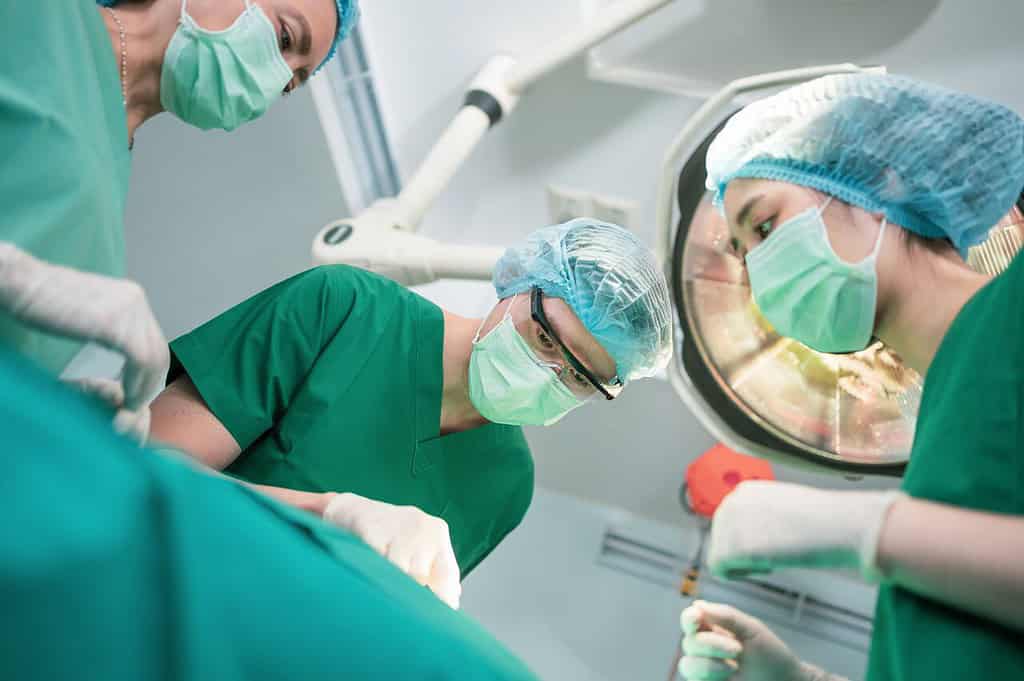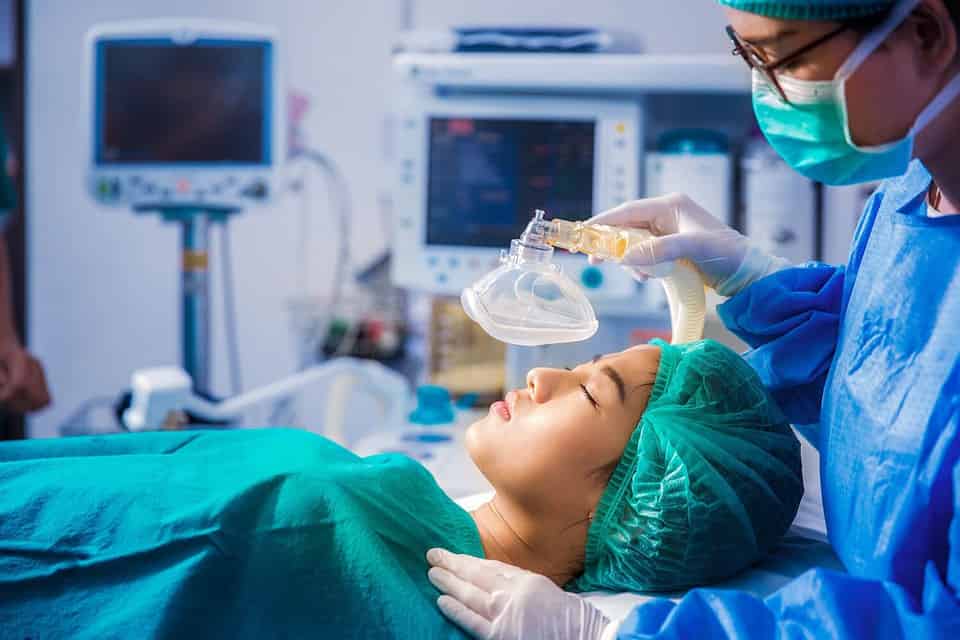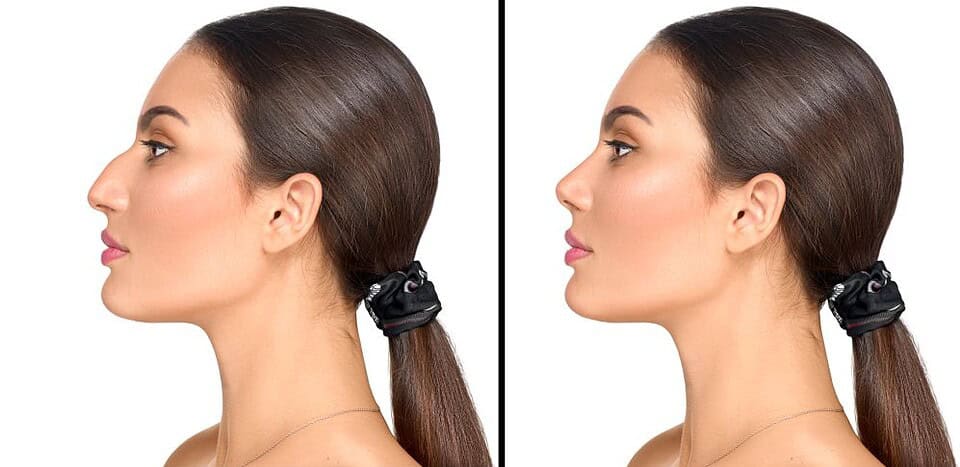
Benefits of the Open Rhinoplasty Technique

People seeking nose surgery will quickly learn that this popular procedure uses two techniques: closed and open rhinoplasty. A surgeon chooses which to use during the surgery, depending on the goals of the procedure.
The major benefit of the open rhinoplasty technique is that it allows the surgeon to perform more extensive reshaping that meets the patient’s expectations more closely. The dorsal preservation technique is used, which reduces the bone and cartilage of the nose while preserving its structural integrity. Open rhinoplasty is the technique of choice for extensive reshaping of the bridge of the nose as well as slimming of the nose and improving proportions of the bridge, nostrils, and tip of the nose.
However, open rhinoplasty takes longer to perform. It requires expert, experienced surgeons. The length of time required also means that local anesthetic can’t be used, and the surgeon has to rely on a general anesthetic, which is more costly for the patient.
Closed rhinoplasty is used to reshape the tip of the nose and other less invasive surgical procedures. The benefit is that the procedure doesn’t leave any visible scarring on the urface of the nose, as the incisions (either one or two) are made to the interior of the nostrils.
The drawbacks to closed rhinoplasty are that the results may not match the expectations. The desire to avoid scarring sometimes mitigates the effectiveness of the closed rhinoplasty. It’s worth noting that the scarring from an open rhinoplasty may not even be very noticeable once the nose has healed completely. The incisions and scarring can be hidden with careful positioning and not be any more noticeable than that of a closed rhinoplasty. However, the open rhinoplasty generally takes longer to heal.
The Open Rhinoplasty Procedure
We’ll explore the open rhinoplasty technique so you can fully understand the procedure.
Administering the Anesthesia

An anesthetic is administered for the patient’s comfort before the procedure, usually by general anesthesia, which means the patient is asleep during the procedure.
The Incision
In the open rhinoplasty technique, the incision is made across the columella, the vertical strip of skin on the front of the nose that separates the nostrils. The skin covering the nasal bones and cartilage is raised up, which allows the surgeon to reshape the nose’s underlying structure.
Reshaping the Nasal Structure
The surgeon reshapes the nose by adding or removing bone and cartilage. To reduce the size of the nose, the surgeon simply removes bone and cartilage from the sides and top of the nose. To reshape the nose, the surgeon may perform cartilage grafts. The grafts are usually taken from the septum, the cartilaginous partition in the middle of the nose, underneath the area where the incision was first made. Pieces of the septum are placed in the areas to be filled. They bind with the existing tissue and fill out that area of the nose.
Repairing a Deviated Septum
A deviated septum means that the septum is crooked, making one nasal passage bigger than the other. A severely deviated septum can cause impaired nasal breathing. Repairing the septum generally requires the surgeon to cut and remove portions of the septum and then reinsert them to achieve a balance between the two nasal passages. This part of the procedure is called a septoplasty.
Closing the Incision
Once the procedure is finished, and the nose has achieved the desired shape, the skin and tissue covering the bone and cartilage is re-draped over the nose and the incisions are sutured closed.
Recovery from an Open Rhinoplasty
Your nose will be tender, and you’ll be supplied with a saline nasal spray to use several times a day for a couple of weeks. The spray keeps the inside of the nose clean and reduces any crusting and bleeding. You’ll have swelling for approximately four to six weeks, but it should slowly decrease. However, the nose could take up to a year to heal completely.
Visit Nirunda International Aesthetic Clinic
Open rhinoplasty is available in Bangkok at Nirunda International Aesthetic Clinic. Dr. Seree Iamphongsai is a qualified and experienced surgeon who performs open rhinoplasty procedures at Nirunda Clinic.
If you’re dissatisfied with the shape or size of your nose, please schedule a consultation with Dr. Seree today.









